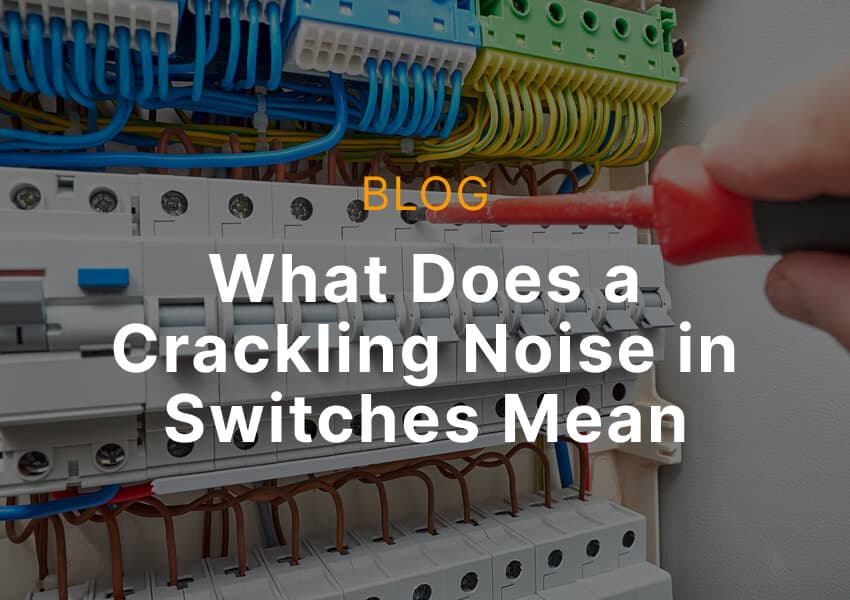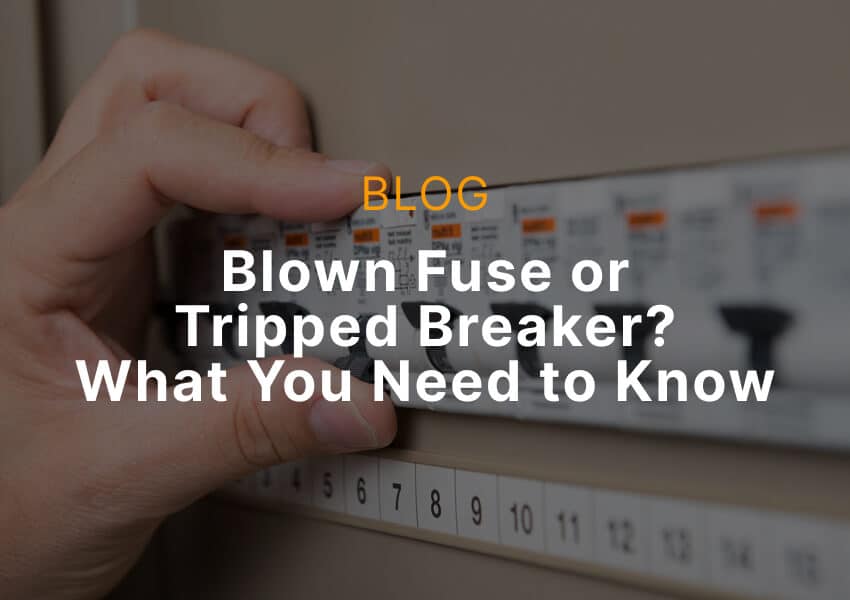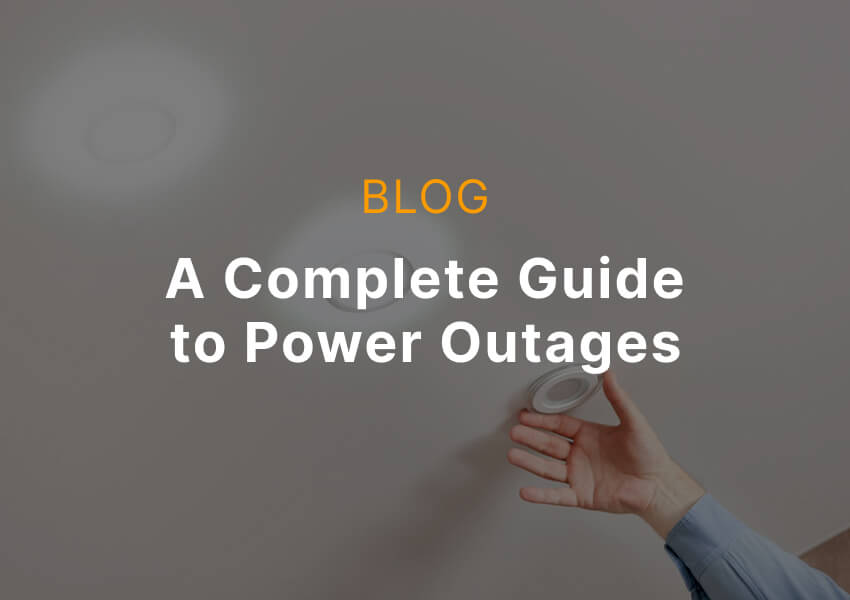What Does a Crackling Noise in Switches Mean
A switch should operate silently. If you hear a crackling noise in a switch, sparking sounds, or popping when turning it on or off, it means something is wrong. These noises are caused by loose wiring, faulty switches, or electrical arcing, all of which create serious fire hazards. Ignoring the problem can lead to overheating, […]
What Does a Crackling Noise in Switches Mean Read More »










